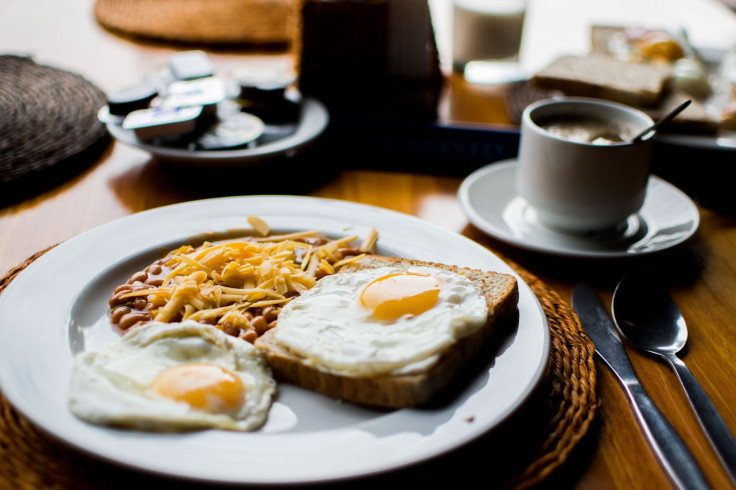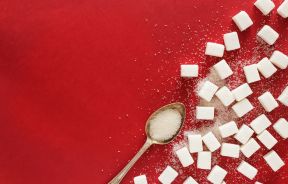Human History Reveals Why We Love Indulgent Foodporn, From Renaissance Paintings To Instagram Photography

Sharing photos of your food on social media is no new phenomenon, according to a team of researchers from Cornell University’s Food and Brand Lab. They teamed up with the Johnson Museum of Art to take a look back at humankind’s history with food through centuries-old artwork, and arrived at some interesting conclusions.
After examining 140 paintings depicting meals from Western Europe and the United States, researchers discovered a long-time love for unhealthy, yet aesthetically pleasing foods: 86 percent of the paintings depicted bread, while 61 percent depicted meat and only 22 percent included vegetables. The focus seems to be on, and has been for centuries, foods we like to indulge in.
"Our love affair with visually appealing, decadent, or status foods is nothing new," said the study’s co-author Andrew Weislogel, a curator of earlier European-American art at Cornell University's Johnson Museum of Art, in a statement. "It was already well-established 500 years ago."
Researchers found it interesting that a majority of the foods depicted in the still-life paintings were those that needed extensive preparation time. Artichokes were the most commonly displayed vegetables, lemon was the most common of fruits, and shellfish was the most common of meats — all of which were difficult to prepare.
"Crazy meals involving less-than-healthy foods aren't a modern craving," said the study’s lead author Brian Wansink, director of the Cornell Food and Brand Lab, in a statement. "Paintings from what's sometimes called the Renaissance Period were loaded with the foods modern diets warn us about; salt, sausages, bread and more bread."
Above all, nearly all of the paintings featured foods that were indulgent and able to reflect social status. Not everyone could afford the then exotic citrus fruits of their time or lobster, which is why they were used to assert wealth. The paintings also revealed that food was used as a way to express cultural, religious, or political context to the viewers — a practice that has continued through the years.
The brushstrokes of famed artists from hundreds of years ago has transitioned into today’s mobile phone photos masked with filters. Instead of elaborate paintings of centuries past, humans turn to social media platform Instagram to share their love for visually appealing food. In fact, recipe magazines and sites dedicated to recipes provide advice on how to take the perfect foodie photo.
According to Bon Appétit, Instagramers should utilize natural lighting, take photos of foods directly from above (unless they have height then take them directly from the side), and don’t overdo the photo editing or filters.
"Beautiful food, like portraits, should be treated delicately. You can apply the same vanity to food,” said photo editor and food photographer Jolie Ruben in an interview with First We Feast, but warns: “ I feel like people totally ruin fun moments when they yell ‘Instagram this!’ or ‘take a picture!’ — it makes the moment feel fake, and sort of like it's all just for show," "I think there's a fine line with Instagram between documenting and curating.”
Source: Wansink B, Mukund A, Weislogel A. Food Art Does Not Reflect Reality: A Quantitative Content Analysis of Meals in Popular Paintings. SAGE Open. 2016.



























